Football
In The Era of Bigger is Better, Oklahoma State Goes the Other Way

Kyle Fredrickson recently slipped in a story about the seats in Boone Pickens Stadium that largely went unnoticed because it is summer and because it was about seats in Boone Pickens Stadium.
But it was important.
We already knew BPS was shrinking, and now the deed has been done with the first home game against Tulsa just 51 days away.
OSU will open the 2017 football season at home against Tulsa with 3,428 fewer total seats — its capacity shrinking form 60,218 to 56,790 — as part of an effort to improve the game day experience in Stillwater. [NewsOK]
This of course disrupted the season ticket situations of some people (197 accounts to be exact), and that was a concern going in. But there hasn’t been as much noise as maybe some people thought there would be.
“In the grand scheme of things, that’s not that much,” Oklahoma State assistant AD Andy Sumrall told the Oklahoman. “Yes, those 197 accounts were going to be mad at us, but it’s something that needed to be done and we’ve talked about it for years.”
On an individual level, I understand the angst. And there is no doubt that this move was probably worse for a handful of individuals than it would have been just to leave the stadium as it was. But on the whole? OSU is making a wise long-term play and providing a benefit (more leg room!) in the process.
As sports organizations put into play the “bigger is always better” model, Oklahoma State is going the other way. This is smart because of current trends — college football attendance has declined each of the last six years — and future prognostication (TVs aren’t getting smaller and worse!)
So maybe the university is sort of putting up the veil of “we want more room and a better gameday experience,” but it is also preparing for a future in which it wants its stadium to be full and for its product to be hot. Attendance in the near-to-medium future has hit a ceiling. Look at the last five years — a record-setting time for OSU football.
According to the NCAA, OSU attendance peaked in 2013 at 59,126 tickets sold per game. The reason for the bounce over the last six years is essentially the OU game. When OSU plays Bedlam at home (2011, 2013 and 2015) it sells more tickets per game. When it doesn’t play OU at home (2012, 2014 and 2016), it sells fewer tickets.
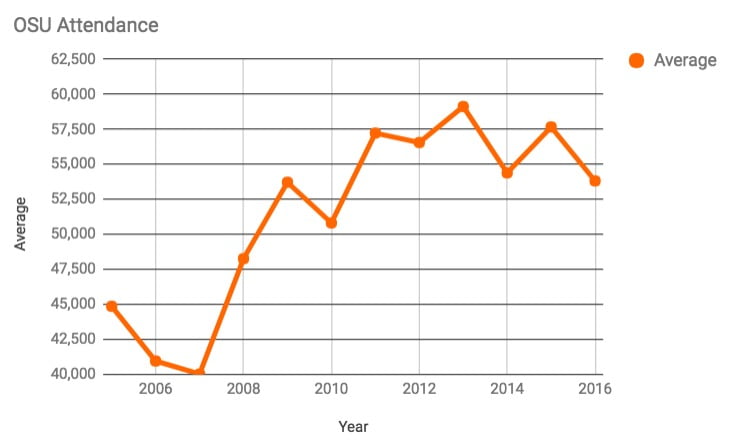
What I’m focused on here, though, is that even though we’re living in a true golden era of OSU football (2011-2016), attendance still has not risen above 60,000. Even with what stands to be a potential record-breaking season combined with an OU game at home, it probably won’t again in 2017.
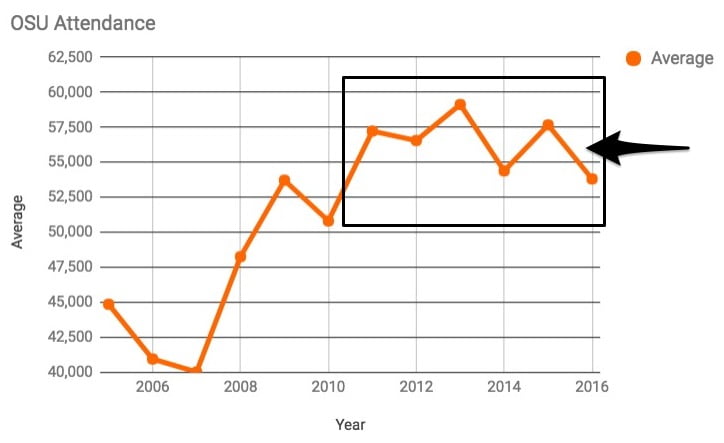
So, you might as well remove the seats, create a little scarcity and boost prices a bit to glean more money (remember, OSU makes around 20 percent of its athletic department revenue from football ticket sales). Additionally, you’re probably going to sell out your dang stadium in odd-numbered (OU) years. That’s beneficial in recruiting. Players don’t care if you have 60K or 57K, they want to hear that it’s going to be full every single week.
OSU has learned from GIA, too. They made it too big, and now it’s a bit of a burden to sell, fill up and show off.
So while this might have been a bit of a mid-summer throwaway story, it reveals that Oklahoma State is operating in the present with one eye on the future. Football continues to improve, and that’s important, but it’s also wise to cut supply when you’re not meeting it to begin with. You make your product more valuable (Business 101!) and less vulnerable to a time of future potential collegiate famine.

-

 Football4 days ago
Football4 days agoFour-Star Quarterback Adam Schobel Commits to Oklahoma State, Flips from Baylor
-
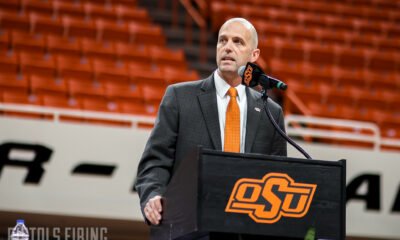
 Hoops4 days ago
Hoops4 days ago‘Keep Turning Over the Rocks’: Looking at the Portal Landscape as Lutz Looks to Solidify His First OSU Roster
-
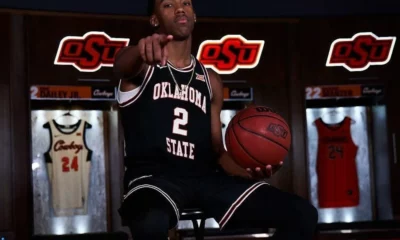
 Hoops4 days ago
Hoops4 days agoFour-Star Signee Jeremiah Johnson Reaffirms Commitment to Oklahoma State after Coaching Change
-
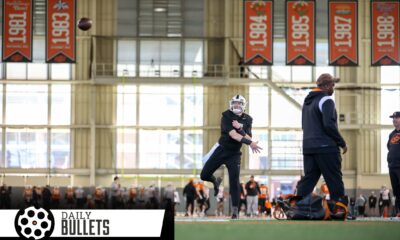
 Daily Bullets3 days ago
Daily Bullets3 days agoDaily Bullets (Apr. 23): Pokes Land Four-Star Quarterback, Retain Talent from Mike Boynton Era






